In the Second World War, access to the River Thames was controlled by two defensive ‘booms’. The first at its very mouth ran from Shoeburyness to Sheerness, whilst the second lesser-known but still substantial boom ran from Scars Elbow Battery on Canvey Island to St. Mary’s Bay in Kent. This was a kind of floating jetty which protected the Estuary from mines, submarines, and other enemy vessels which might try to gain access to London. It consisted of an anti-submarine net suspended by floating ‘barrels’ at the surface. In the middle, barge-like platforms floated where there was a gate which opened to allow friendly hostile vessels to pass, defended by light anti-aircraft gun emplacements and searchlights. It may have comprised of an actual jetty with platforms at the Kent end, but appears to have been less substantial – perhaps in form of an under-surface net or controlled ‘gate’ area, on the Essex side.
On land at either end of the jetty were various huts for the administration of the jetty and communication; presumably to either end or the gate in the middle of the river. The huts at Canvey were sadly demolished possibly by the early 2000s, with Scars Elbow battery being demolished decades prior. However, on the Kent side at St. Mary’s Bay on the Hoo Peninsular still lies two of the huts, a roadway including a bridge, and foundations with rubble.
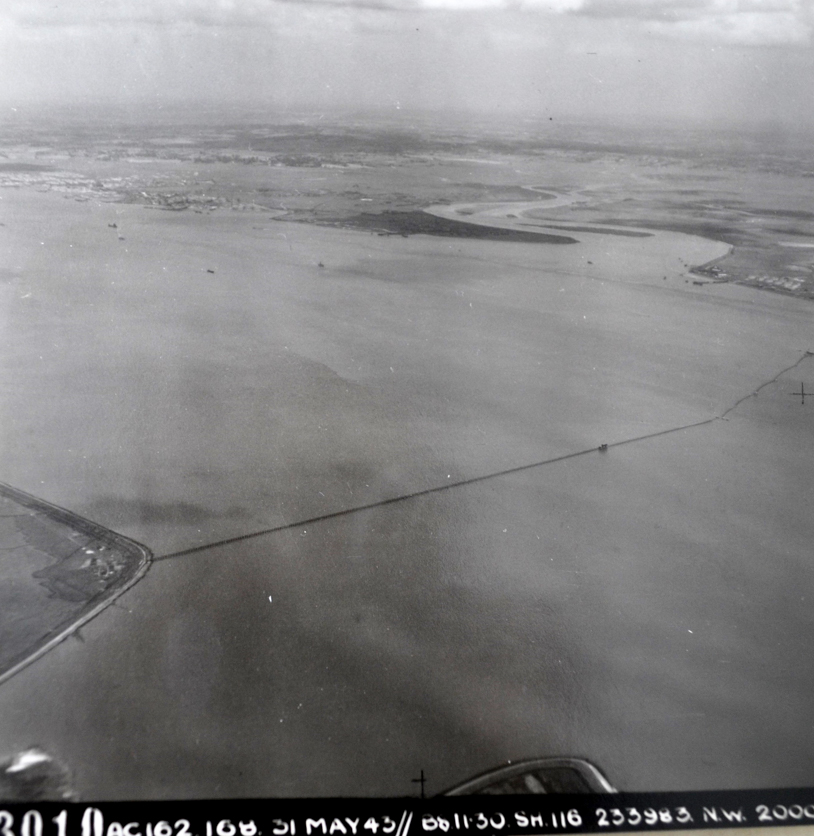
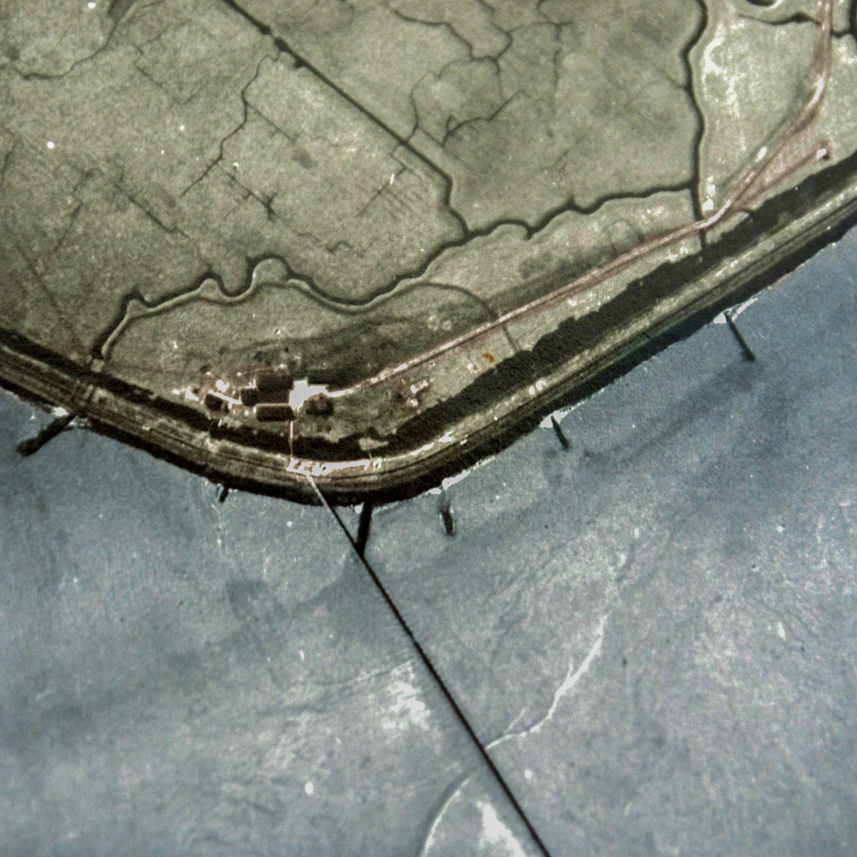
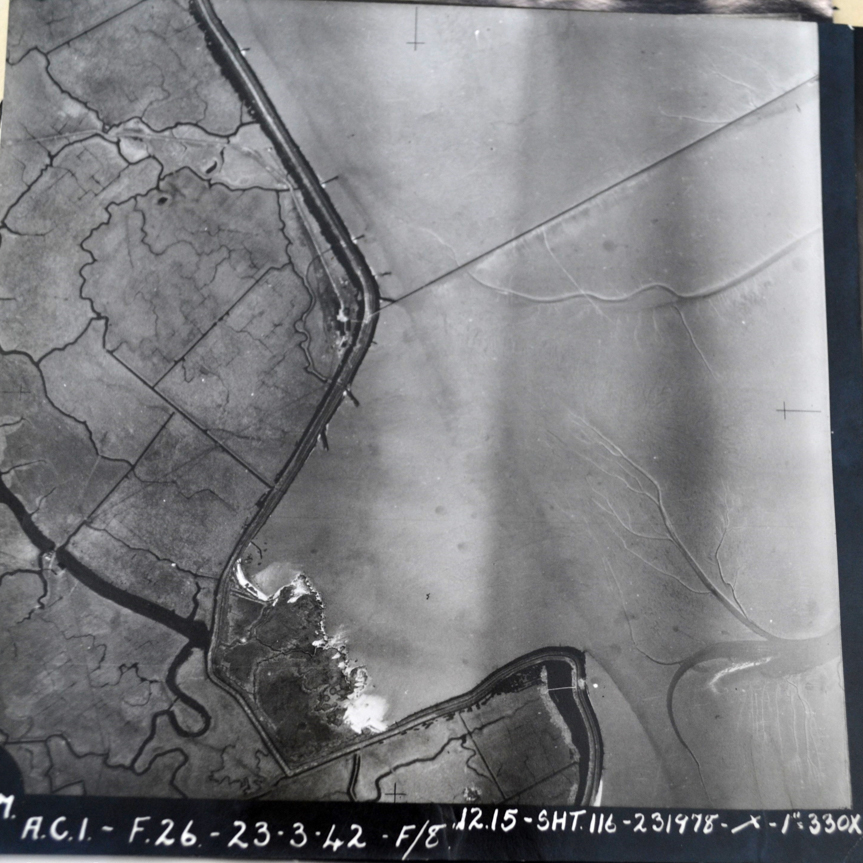
St. Mary’s Bay Structures
We were pleased to find that some of the associated boom structures just west of St. Mary’s Bay in Kent still survive as of 2020. To the passer by, these concrete sheds may look like some kind of sheds of domestic origin, but their concrete construction and militaristic appearance tells a story of the landscape at war. Surviving is a concrete roadway, including a bridge with a kind of sluice mesh (superseeded by a modern sluice on the seawall). Two square huts survive.
Building 1
The first appears to consist of two adjoined seperate buildings; one of white breeze-block material rendered in cement complete with a painted wooden door, an exterior curb, and signs of a filled-in window sill, and the other consisting of reinforced concrete with a heavy metal door facing inside the first structure. This door appeared to be rusted shut, but judging by its demolished cousin on the opposite side of the river it could have housed communications equipment which could still remain. Its use for communications is suggested by a kind of wooden telephone mast protruding from the exterior of the structure.
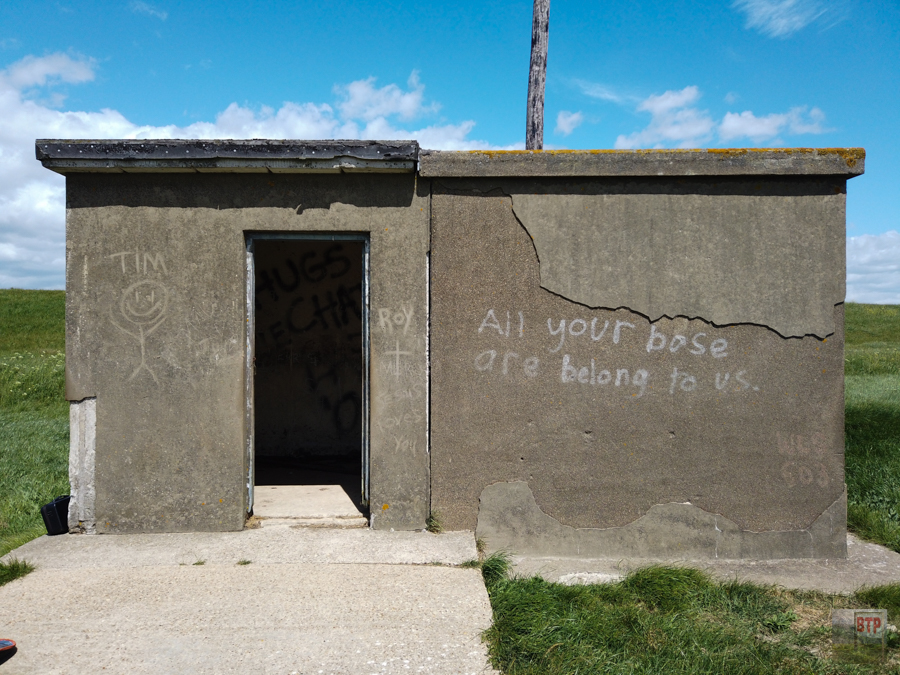
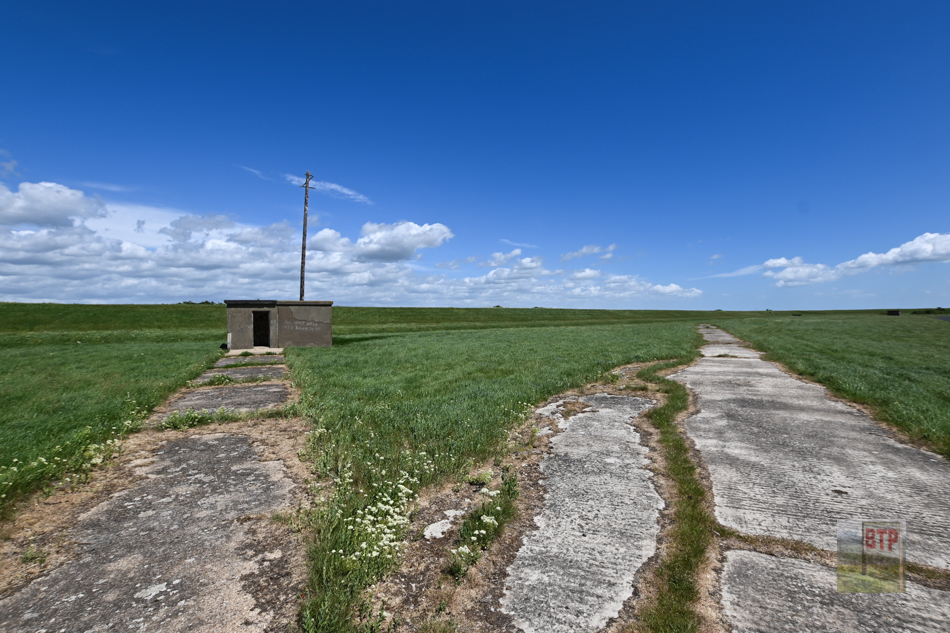
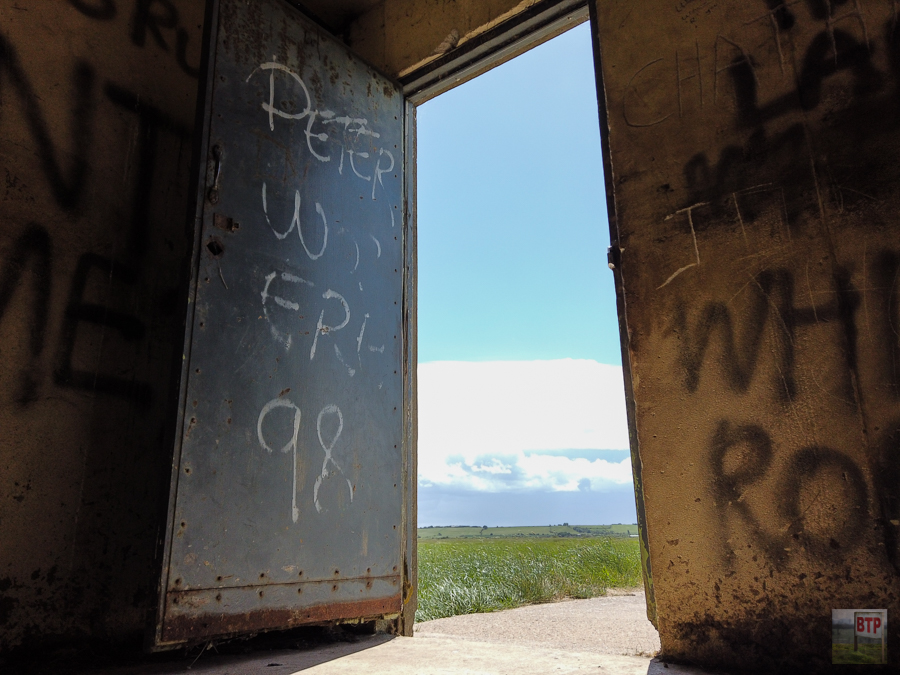
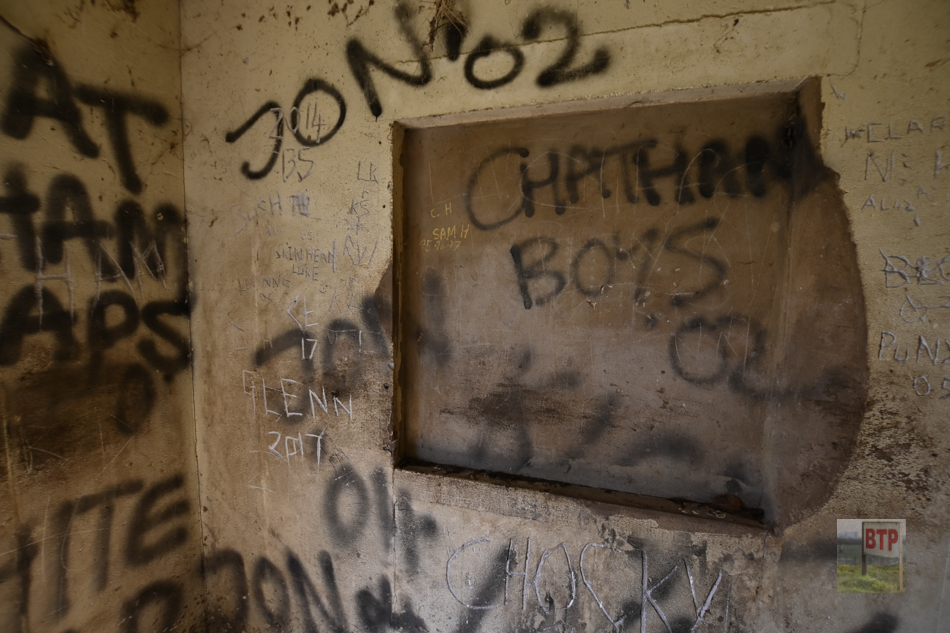
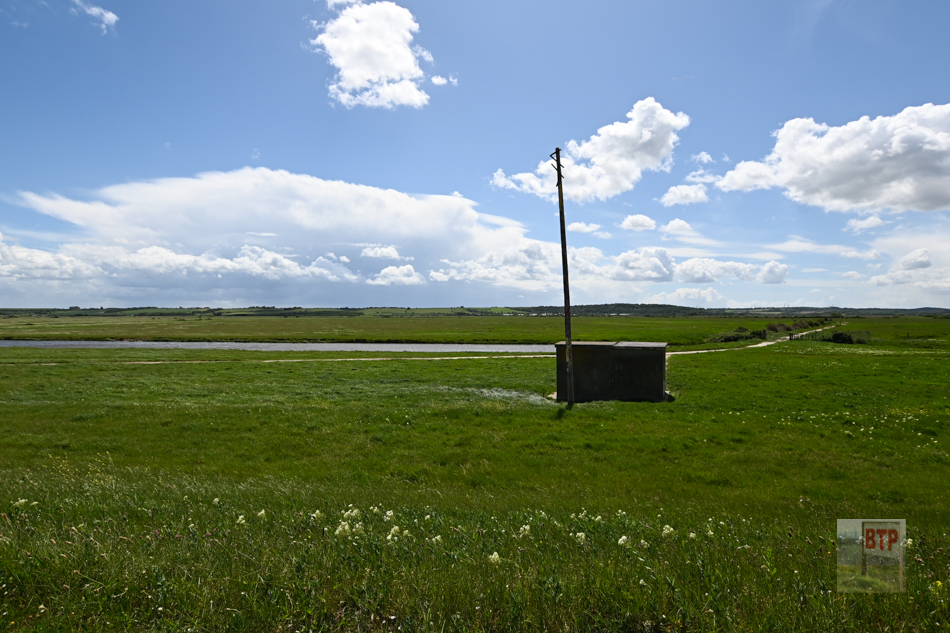
Building 2
The second surviving hut appeared to be made of concrete breeze blocks containing pebbles, with decorative brick layered in the entrance way. It lacks interior details, with only a vent or light hole in the ceiling and a possible generator base in the corner right of the entrance. Sadly this structure has decayed severely at its rear end leaving big gaps in the walls and an unstable appearance. Opposite this building is a thick concrete post with a central hole through its side, of unknown purpose.
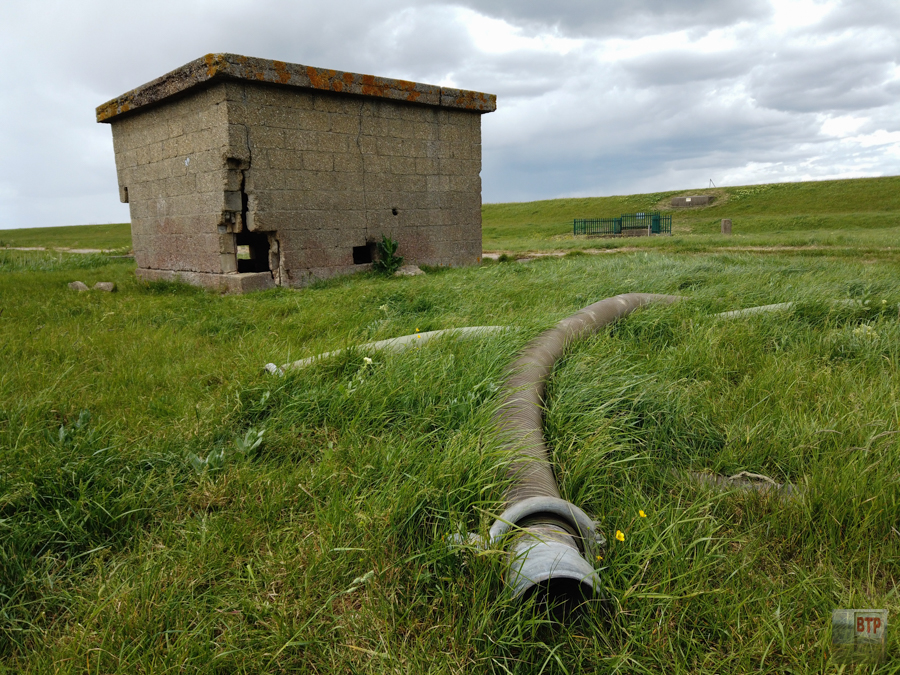


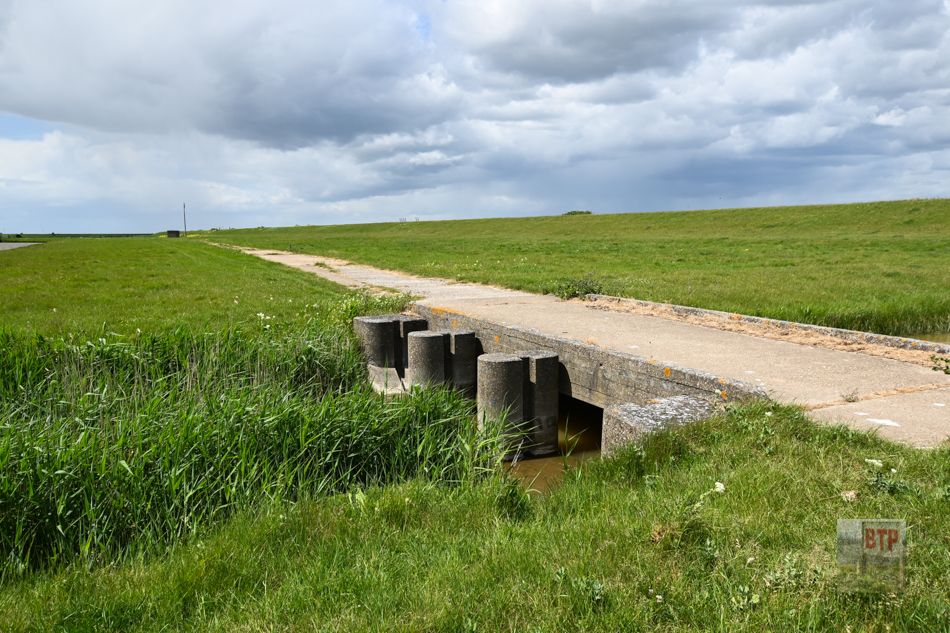
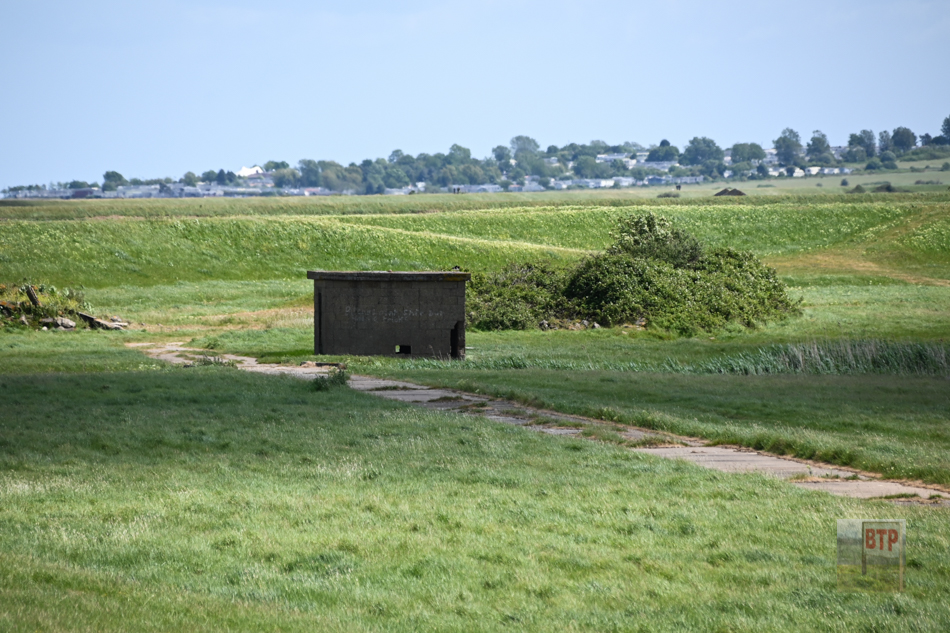
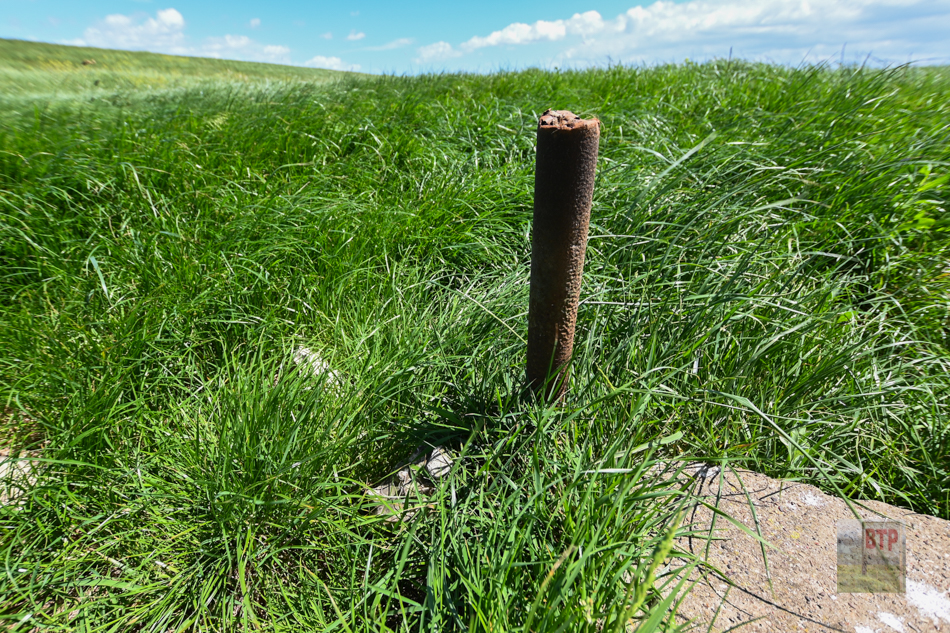
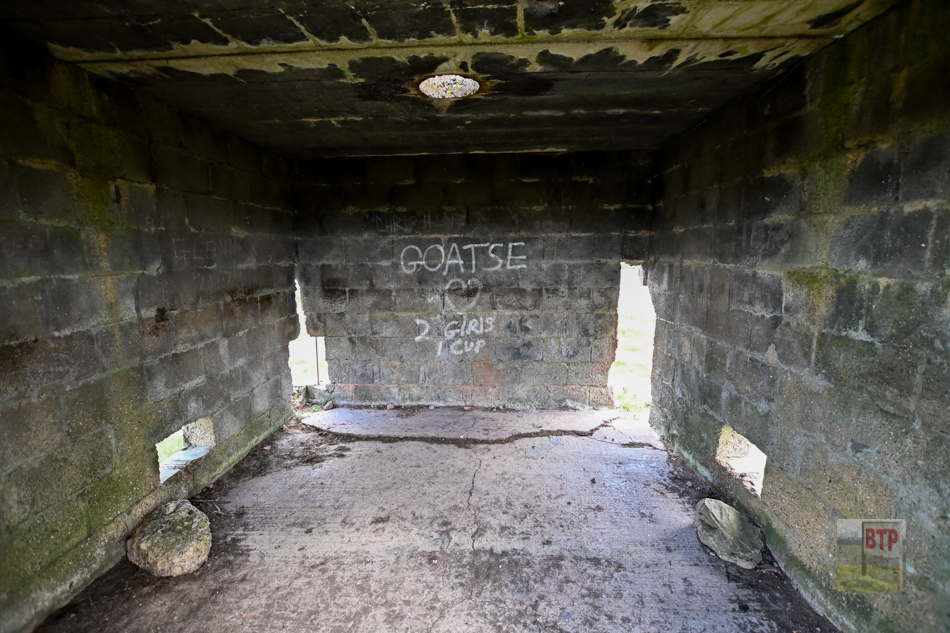
Other Features
Furthest east lies traces of larger demolished buildings at the end of the roadway, with chunks of concrete lying on the ground as signs of demolition. Given the size of the surviving building foundations, it is likely the majority of these structures were temporary accommodation-style sheds and that the concrete was used for smaller more vital connecting structures.
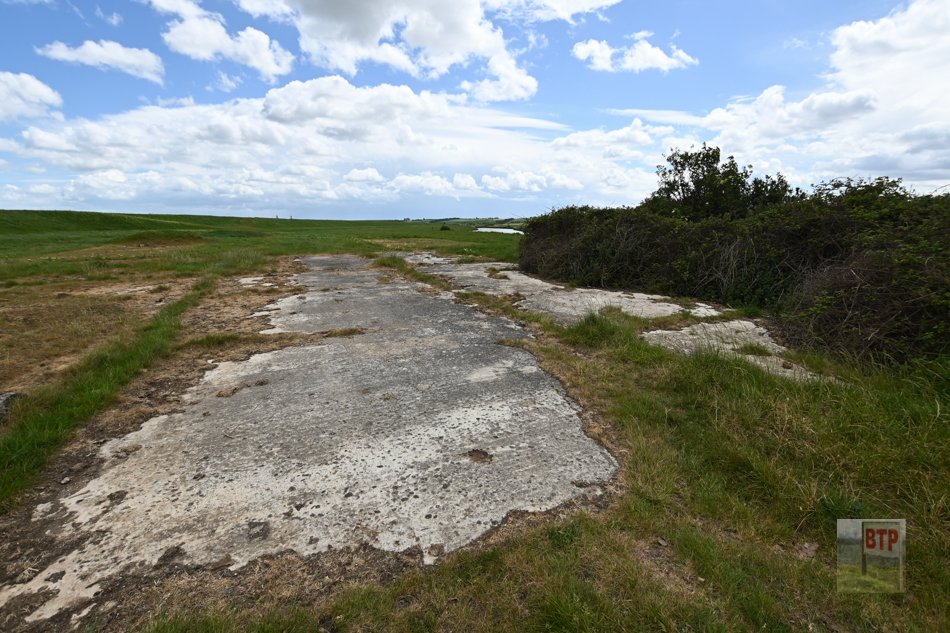
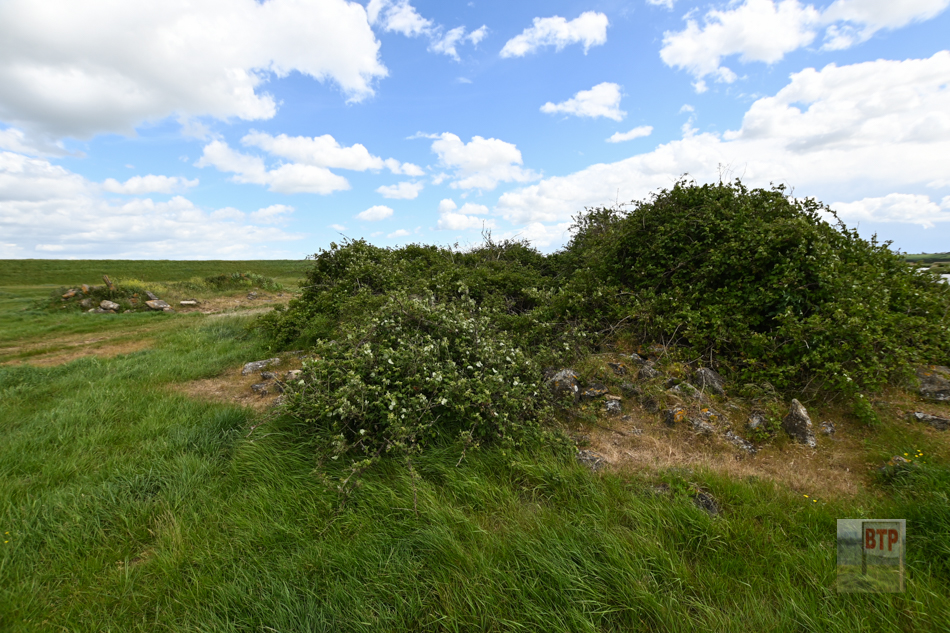
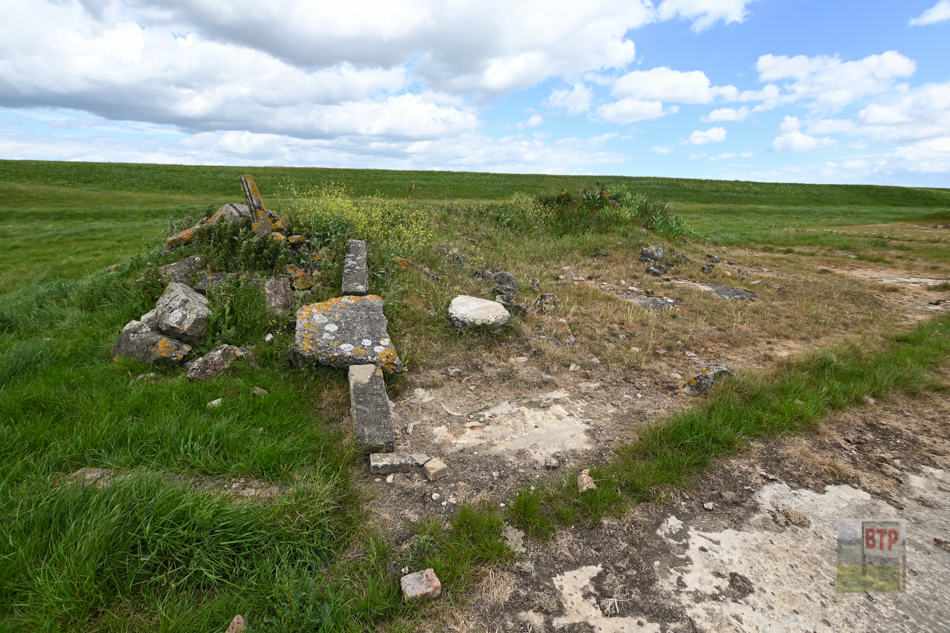
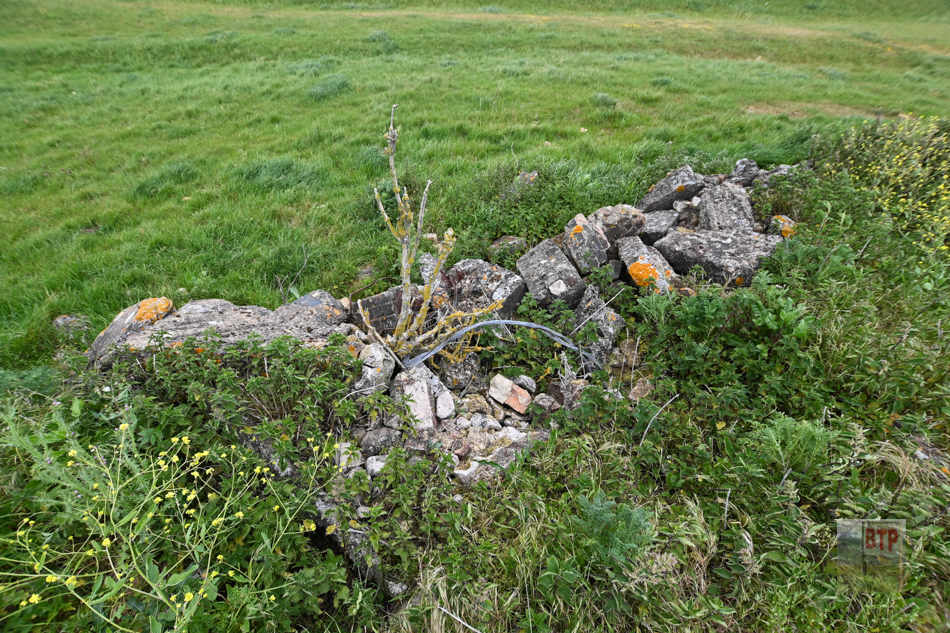
Canvey Island Structures
The boom was connected to Scars Elbow 6-pdr and searchlight battery on Canvey Island, situated a short distance west of the heavier Deadmans Battery at Thorney Bay. The battery was demolished likely in the 1960s and it is not formally known what structures there were associated with the boom. In 2008, David Bullock captured these incredible photograph of a hut days before a sorry demolition, similar to the one surviving in Kent with an attached telephone mast. This ‘PO’ hut (possibly Post Office?) potentially was responsible for communications received both via the mast and a cable ran across the Thames to Kent. Because the hut was due for demolition, it’s heavy metal door (possibly like the Kent hut) was ripped open exposing an unbelievable time capsule of contemporary wartime communications equipment inside. The mast with an impressive vintage metal ‘telegraph’ sign atop survived until the early 2010s and was the only trace Joe and I were able to see. It is unclear if this hut and mast was directly connected to the boom or was another structure instead adjoined to Deadman’s Battery.
Thanks to David Bullock for his great photographs capturing the hut’s final days

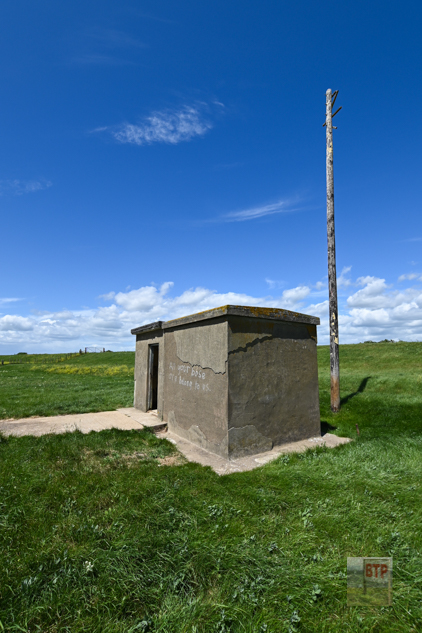
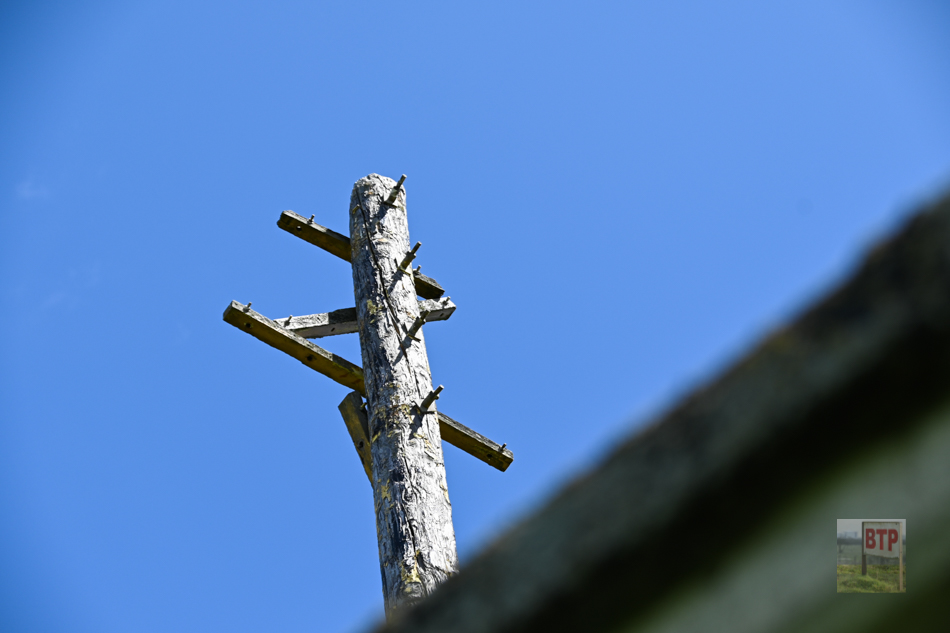
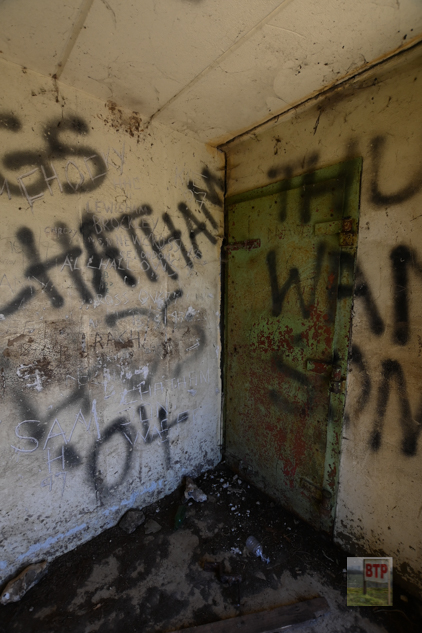
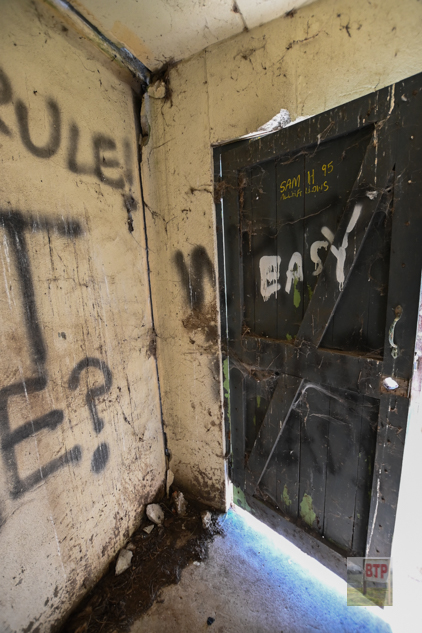
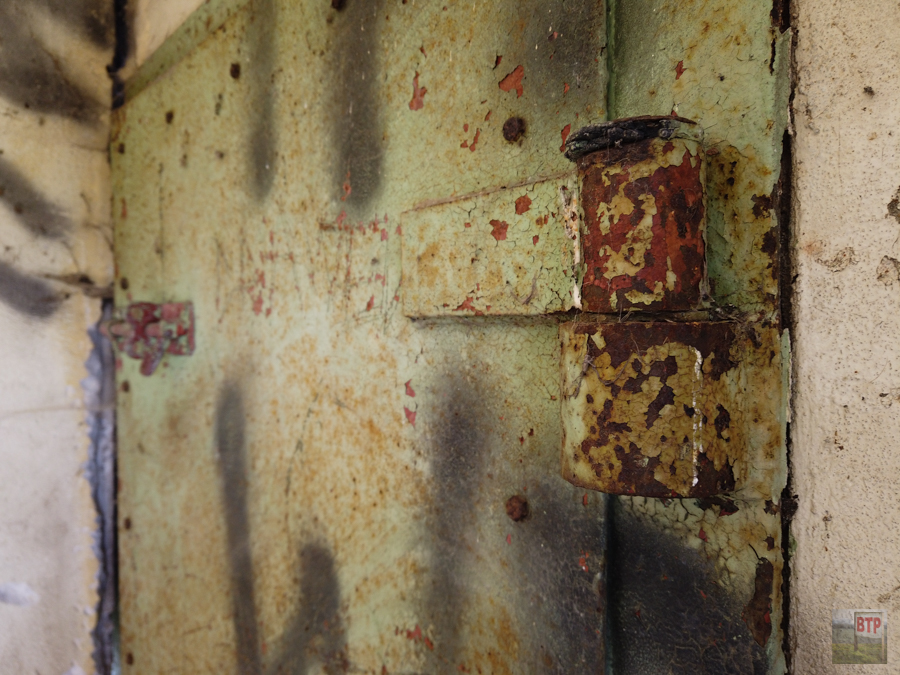
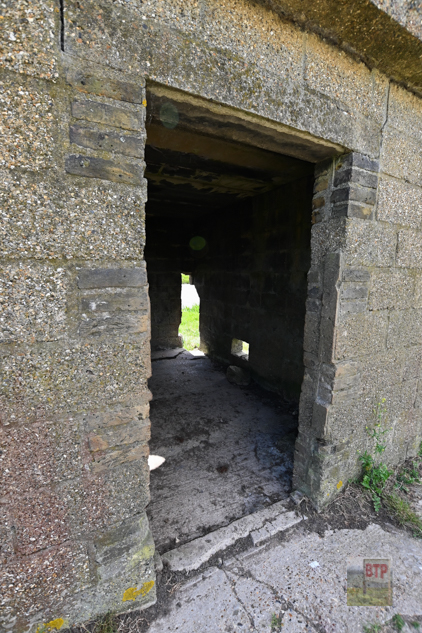
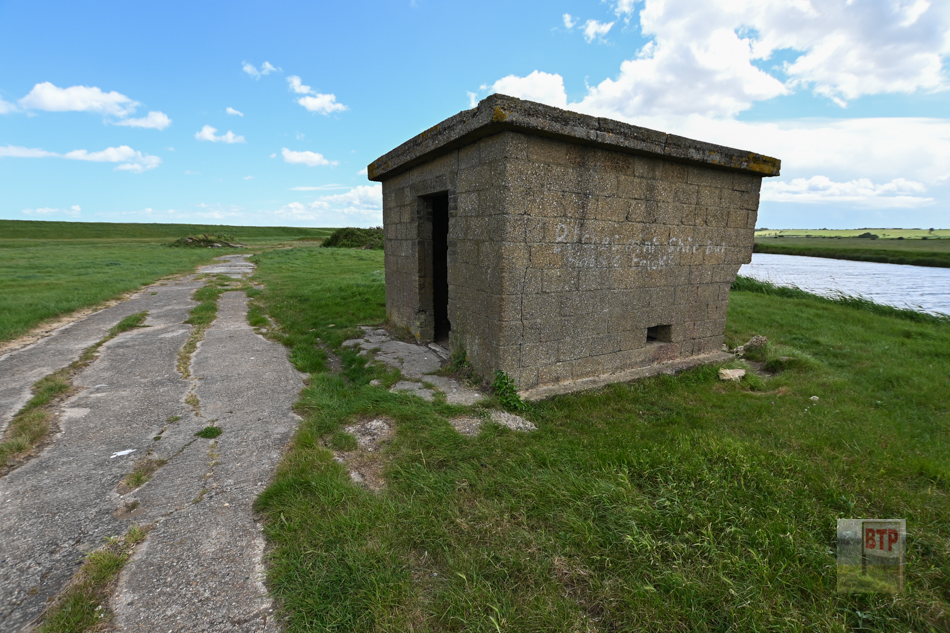
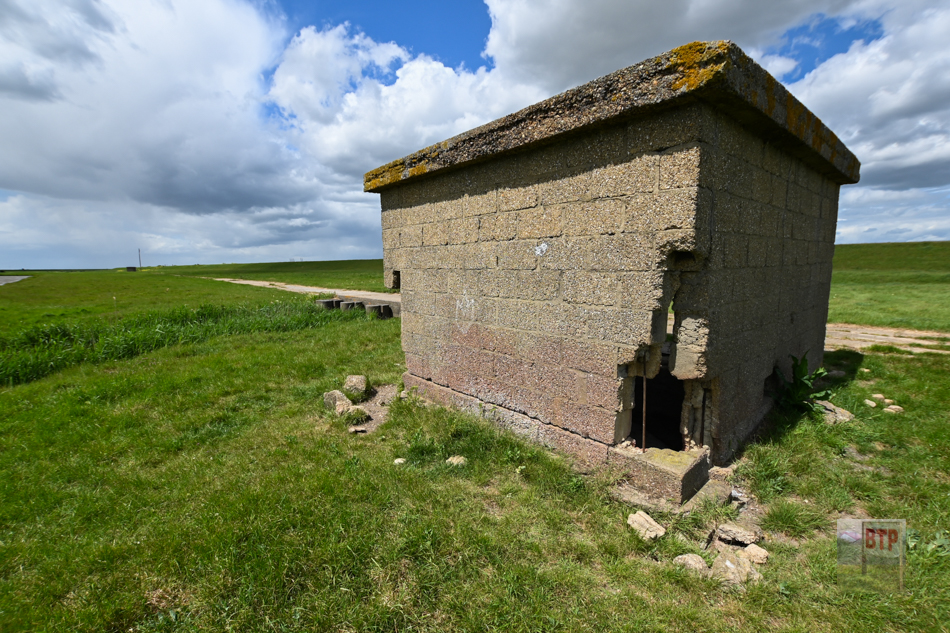
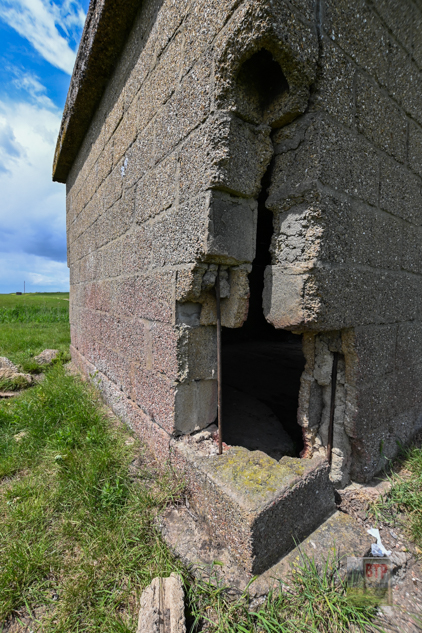
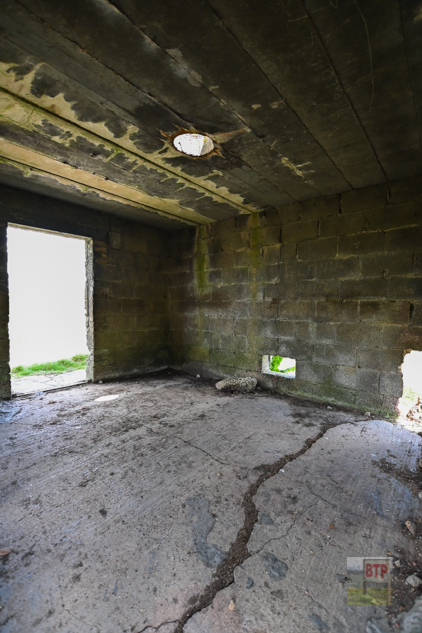
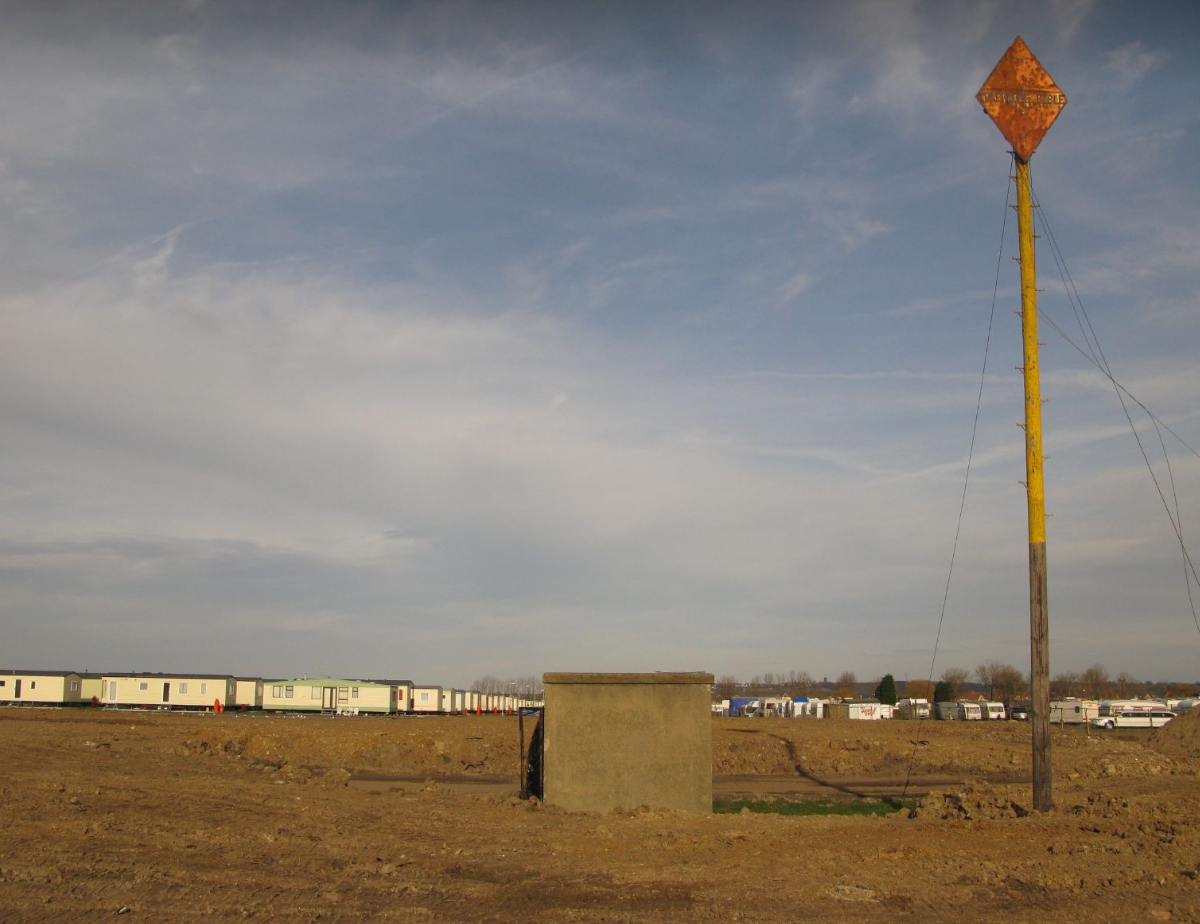
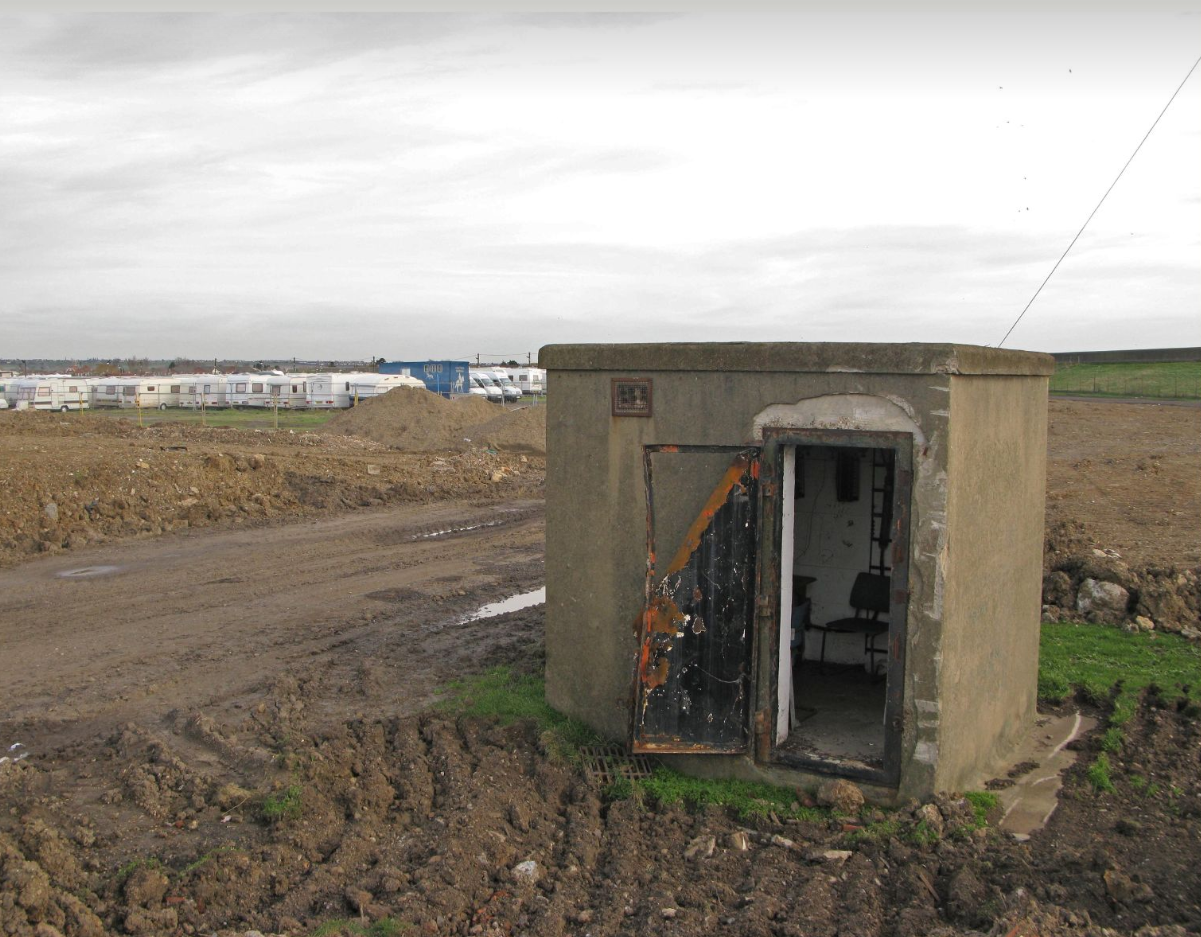
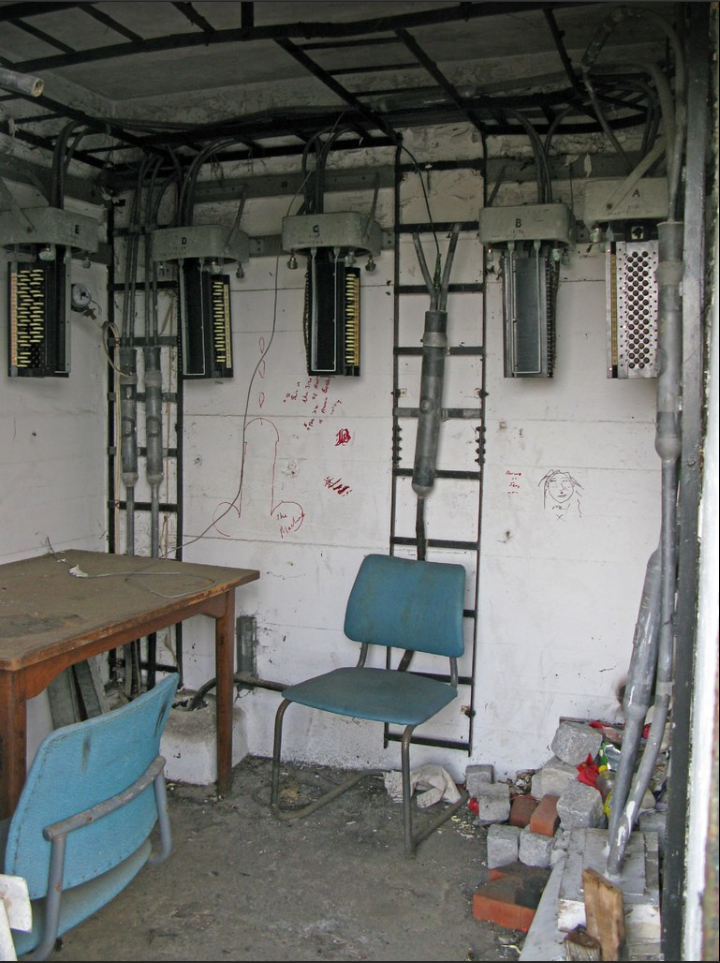
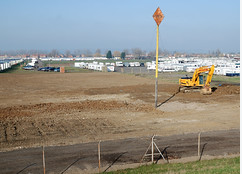
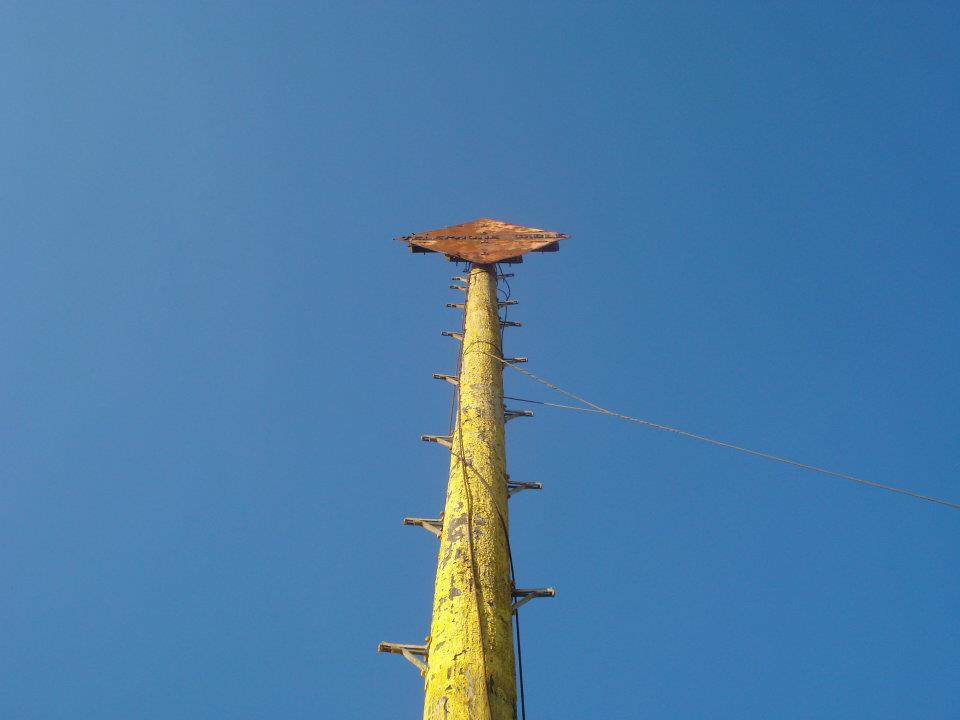
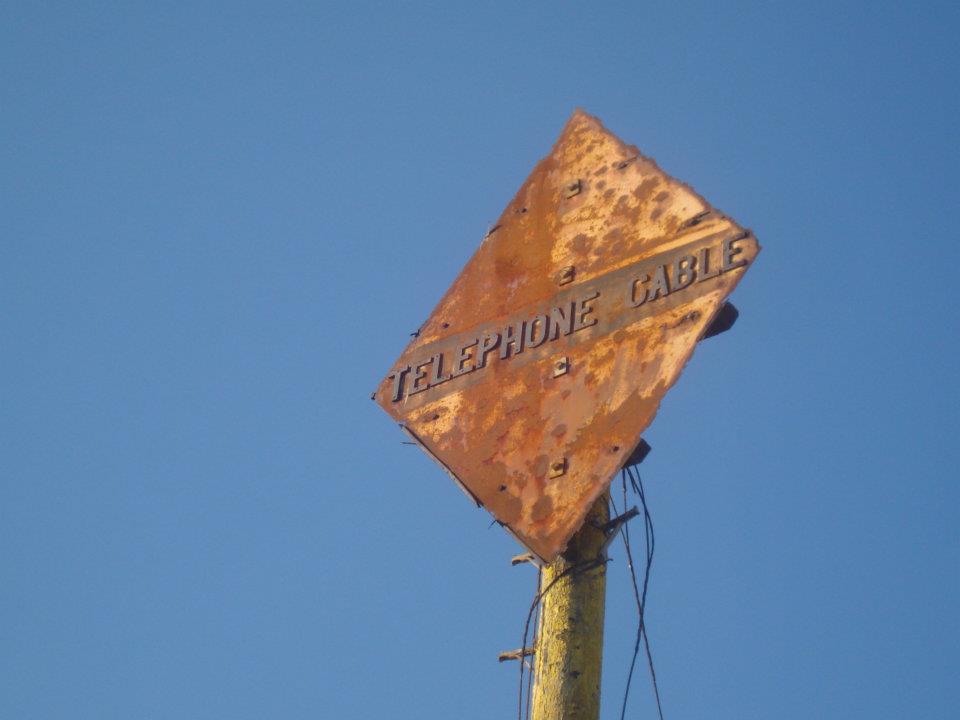



Hi there,
We are currently exploring the ruins of the Thames boom on the st marys hoo side. We are actually writing this inside of the ruin but we actually opened the rusted shut door.
If you would like to know more and see evidence of this, please email me 🙂
Hi Ethan, thanks for your message. I saw that the door was opened in a video, interesting to see in there! Hope it wasn’t broken open and shut afterwards 🙂
Pingback: Thorney Bay Coastal Defence Batteries - Beyond the Point